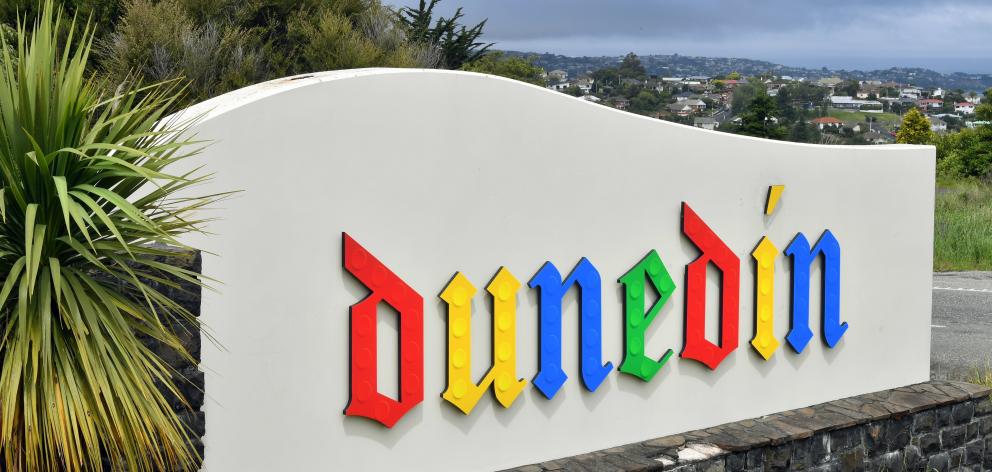
The quills which scratched out the United States Declaration of Independence, the 95 theses of Martin Luther and the confusing clauses of the Treaty of Waitangi have changed the world, for better or worse, in more long-lasting ways than the bloodshed of many wars.

I’ve always regarded Bulwer-Lytton’s words as an inspiration for those seeking change — newspaper columnists, for instance.
In this column 12 years ago, I savagely attacked the style of the new font being used for Dunedin in promotional material. You’ll recall that I described it as "reminiscent of the billboards for B-grade horror films and strongly linked with the most distressing aspects of the Nazi regime".
Strong words, and pretty well guaranteed to have the highly paid clowns who design such promotional material blushing with shame and embarrassment as they quickly erased the offensive matter from the signs which littered the city.
But, no! Just to spite me, they splashed even more of this Gothic horror in even more prominent places. The airport and city boundaries became immediate targets, leaving visitors alarmed and afraid. Signs of welcome or identity are a good thing when well-designed.
Until recently there was an attractive sign on the Pig Root as you enter Maniototo. With a backdrop of the snow-covered Hawkduns and an appropriate tag — "A Timeless Land" — it made you throw away your watch and gleefully enter a zone of tranquillity and a peaceful pace of life.
But coincidentally, during the recent hoo-ha over the spelling of "Maniototo" that sign disappeared. Perhaps it will return with the spelling "Maniatoto" but it’s been gone for months. Much longer than it should take to quickly change an "o" into an "a". The Central Otago District Council may well have adopted "timeless land" as their words to live by.
Unlike Martin Luther’s attack on the Catholic Church, which paved the way for Protestantism, my far more significant diatribe about the ugly Dunedin sign has not changed the world and in the intervening years I just had to live with this appalling typography, but I never grew to like it.
These days eagerly awaited trips to town are joys of anticipation. At Palmerston you see a bus with a destination sign indicating it’s heading to the bus hub so you know you’re getting close to the city and the excitement builds. It’s not long before you are actually at the city boundary just north of Waikouaiti but there by the roadside is a Dunedin sign bearing the offensive lettering.
You mentally jettison the sign which caused distress and enjoy the delights of the Kilmog, Waitati and what used to be called the Northern Motorway (the politically correct types talk of the Dunedin-Waitati Highway).

No doubt, amidst the DCC archives are memos explaining this explosion of colour where once was drabness.
Whatever the reason, the change is welcome. Just as a move at Plunket over 30 years ago, replacing the mother on its formal badge-like logo with a lady boasting a Lady Di hairstyle.
But the best move made was ditching the mother and baby theme and using colourful letters spelling "Plunket".
Plunket has reverted to a more conventional typeface which still works, mainly because it avoids the unpleasantness of the Gothic lettering of the Dunedin signs which, multi-coloured or not, still infest the city.
The pen may yet prevail, and the impeccable arguments put forward in this column could force a change of heart within the ranks of the graphic designers. Of course, a new logo, using an inoffensive font like Times New Roman, may not appear for 12 years or so.
After all, the DCC, like the CODC, may belong to the "good things take time" school.
— Jim Sullivan is a Patearoa writer.












